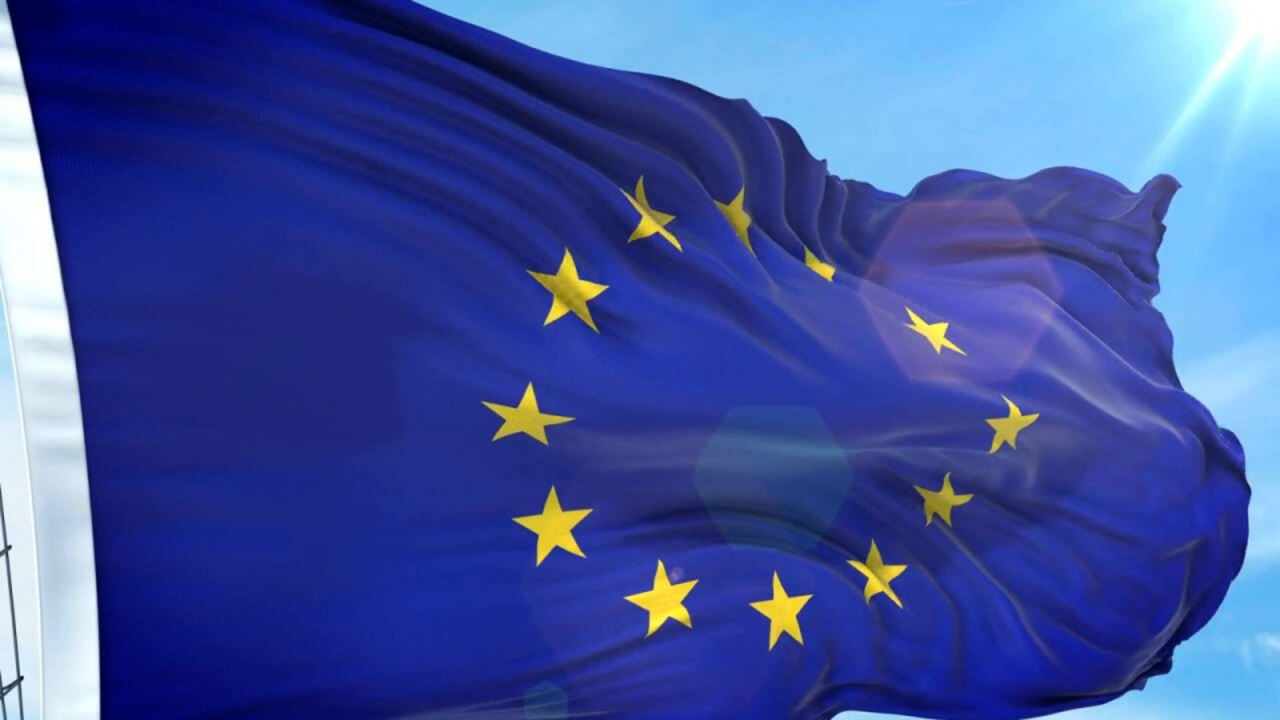The European Commission President’s desire to make the 2020s Europe’s Digital Decade now has some concrete targets. In March, Ursula von der Leyen unveiled four broad goals, including gigabit connectivity and e-medical records for all citizens; 75% of companies to be using cloud computing, big data, and AI; and online availability of all key public services.1
“The EU’s ambition is to be digitally sovereign in an open and interconnected world, and to pursue digital policies that empower people and businesses to seize a human-centered, sustainable, and more prosperous digital future,” the Commission noted.
The notion of digital sovereignty comes from the EU’s belief that Europe needs to regain autonomy of its data and security, and forge more of a strategic leadership role in a world that is becoming increasingly polarized. It is also a formal recognition that Europe does not have a tech company or digital infrastructure that can rival the size and scale of those in the US or China.2




